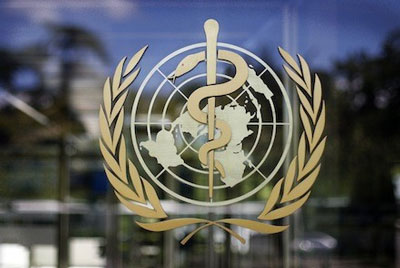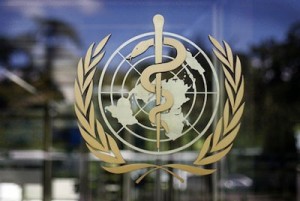Cuba becomes the first country to eliminate mother-to-child transmission of HIV and syphilis
Posted: 1 July 2015 |
Cuba has become the first country in the world to receive validation from WHO that it has eliminated mother-to-child transmission of HIV and syphilis…


Cuba has become the first country in the world to receive validation from the World Health Organisation (WHO) that it has eliminated mother-to-child transmission of HIV and syphilis.


“Eliminating transmission of a virus is one of the greatest public health achievements possible,” said Dr Margaret Chan, WHO Director-General, “This is a major victory in our long fight against HIV and sexually transmitted infections, and an important step towards having an AIDS-free generation.”
Michel Sidibé, Executive Director of UNAIDS, commented, “This is a celebration for Cuba and a celebration for children and families everywhere. It shows that ending the AIDS epidemic is possible and we expect Cuba to be the first of many countries coming forward to seek validation that they have ended their epidemics among children.”
Number of children born with HIV has almost halved since 2009
Every year, globally, an estimated 1.4 million women living with HIV become pregnant. Untreated, they have a 15-45% chance of transmitting the virus to their children during pregnancy, labour, delivery or breastfeeding. However, that risk drops to just over 1% if antiretroviral medicines are given to both mothers and children throughout the stages when infection can occur. The number of children born annually with HIV has almost halved since 2009 – down from 400 000 in 2009 to 240 000 in 2013. But intensified, efforts will be required to reach the global target of less than 40 000 new child infections per year by 2015.
Nearly 1 million pregnant women worldwide are infected with syphilis annually. This can result in early fetal loss and stillbirth, neonatal death, low-birth-weight infants and serious neonatal infections. However, simple, cost-effective screening and treatment options during pregnancy, such as penicillin, can eliminate most of these complications.
WHO/PAHO has been working with partners in Cuba and other countries in the Americas since 2010 to implement a regional initiative to eliminate mother-to-child transmission of HIV and syphilis.
As part of the initiative, the country has worked to ensure early access to prenatal care, HIV and syphilis testing for both pregnant women and their partners, treatment for women who test positive and their babies, caesarean deliveries and substitution of breastfeeding. These services are provided as part of an equitable, accessible and universal health system in which maternal and child health programmes are integrated with programmes for HIV and sexually transmitted infections.
A number of countries are poised to eliminate mother-to-child transmission of HIV and syphilis
There have been major efforts in recent years to ensure that women get the treatment they need to keep themselves well and their children free from HIV and syphilis and a number of countries are now poised to eliminate mother-to-child transmission of both diseases.
In 2007, WHO launched the Global elimination of congenital syphilis: rationale and strategy for action. The strategy aims to increase global access to syphilis testing and treatment for pregnant women. By 2014, more than 40 countries were testing 95% or more of pregnant women in prenatal care for syphilis. But although progress has been made, many countries have still to prioritise preventing and treating mother-to-child transmission of syphilis. In 2012, syphilis affected 360 000 pregnancies through stillbirths, neonatal deaths, prematurity, and infected babies.
In 2011, UNAIDS with WHO and other partners launched the Global Plan towards the elimination of new HIV infections among children by 2015, and keeping their mothers alive. This global movement has galvanised political leadership, innovation and engagement of communities to ensure that children remain free from HIV and that their mothers stay alive and well.
Between 2009 and 2013, the proportion of pregnant women living with HIV in low- and middle-income countries receiving effective antiretroviral medicines to prevent transmission of the virus to their children doubled. This means that globally, 7 out of 10 pregnant women living with HIV in low- and middle-income countries receive effective antiretroviral medicines to prevent transmission of the virus to their children. Among the 22 countries which account for 90% of new HIV infections, 8 have already reduced new HIV infections among children by over 50% since 2009, based on 2013 data, and another four are close to this mark.




